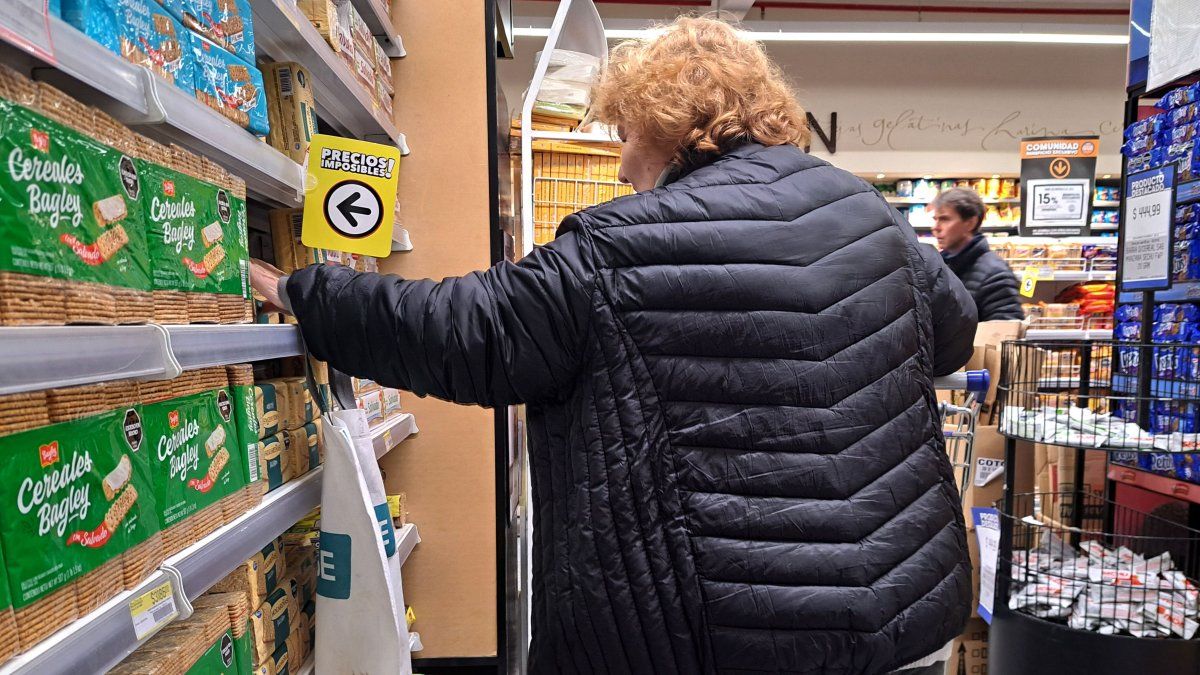Europe has proven to be a pioneer in the regulation of cryptocurrencies, adopting a balanced approach that encourages innovation without compromising investor safety. With the implementation of the cryptoactive market regulations (MICA), the European Union (EU) has become the first jurisdiction to establish a clear framework for the industry.
A clear and solid regulator framework
The MICA Regulations, approved in 2023, offers legal certainty to both companies and investors. Before its implementation, the crypto ecosystem in Europe was fragmented, with each country applying different regulations. With Mica, a uniform set of rules is established in the 27 EU countries, which facilitates the operation of cryptocurrency companies in multiple markets without facing regulatory obstacles in each nation.
In addition, the regulation provides specific guidelines for cryptoactive emitters, exchange platforms and digital wallet service providers, ensuring transparency and protection for users. This not only reinforces confidence in the market, but also encourages the adoption of cryptocurrencies by institutional and retail investors.
Far from being a brake for the sector, regulation in Europe is serving as a catalyst for innovation. Thanks to the legal certainty that Mica provides, companies can develop financial products and services without fear of unexpected regulatory changes. This is attracting startups and large technology companies to establish themselves in Europe, consolidating the region as a reference center for the blockchain industry.
Additionally, the EU has shown great interest in the exploration of digital currencies of Central Bank (CBDC), with the digital euro in the development phase. This advance reinforces the European commitment to financial digitalization and the integration of blockchain technology into the traditional economic system.
Maria Fernanda Juppet, CEO of Cryptomkt explained that the growth of the crypto market is directly linked to the evolution of its regulatory framework. A well -designed regulation is not an obstacle, but a bridge towards mass adoption, generating confidence for both users and investors. The challenge lies in finding the balance between clear regulations and the decentralized essence of cryptocurrencies, avoiding restrictions that slow innovation. Latin America has the opportunity to lead this process, adapting regulations to its economic and social reality, promoting financial inclusion without replicating traditional models that do not fit with the dynamics of the sector.
Sebastián Reyes, Chief Analytics Officer of Vita Wallet explained that at the level of the region, every year the adoption of crypto grows, especially in countries such as Chile and Argentina due to education issues and the progress of new solutions in the market. Within Vita Wallet we seek to simplify the use of these cryptocurrencies. We understand the user’s need in Chile, Argentina, Venezuela, Peru, to be able to send, exchange and receive crypts in a simple and safe way.
A model for the world
The European approach is being observed by other regions as a possible model to follow. While in other jurisdictions regulation remains uncertain or excessively restrictive, Europe has achieved a balance between protection and innovation. This strengthens its position as a leader in the digital financial revolution and offers a conducive environment for cryptocurrencies and blockchain technology to flourish sustainably.
Pablo Rutigliano, founder of Atomic 3 affirmed
“Latin America, rich in lithium reserves, has a unique opportunity to lead the global energy transition. Tokenization of lithium assets can provide transparency, liquidity and access to greater investment. Mercades promoted by blockchain can guarantee fair prices and reduce inefficiencies In the distribution of resources.
With this regulatory framework, Europe not only protects its citizens and investors, but also promotes a more transparent and efficient financial ecosystem, consolidating itself as a global reference in the evolution of crypto markets.
Source: Ambito
I am a 24-year-old writer and journalist who has been working in the news industry for the past two years. I write primarily about market news, so if you’re looking for insights into what’s going on in the stock market or economic indicators, you’ve come to the right place. I also dabble in writing articles on lifestyle trends and pop culture news.




